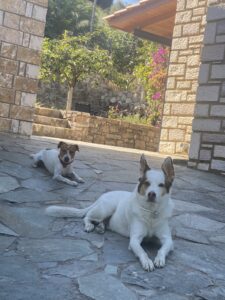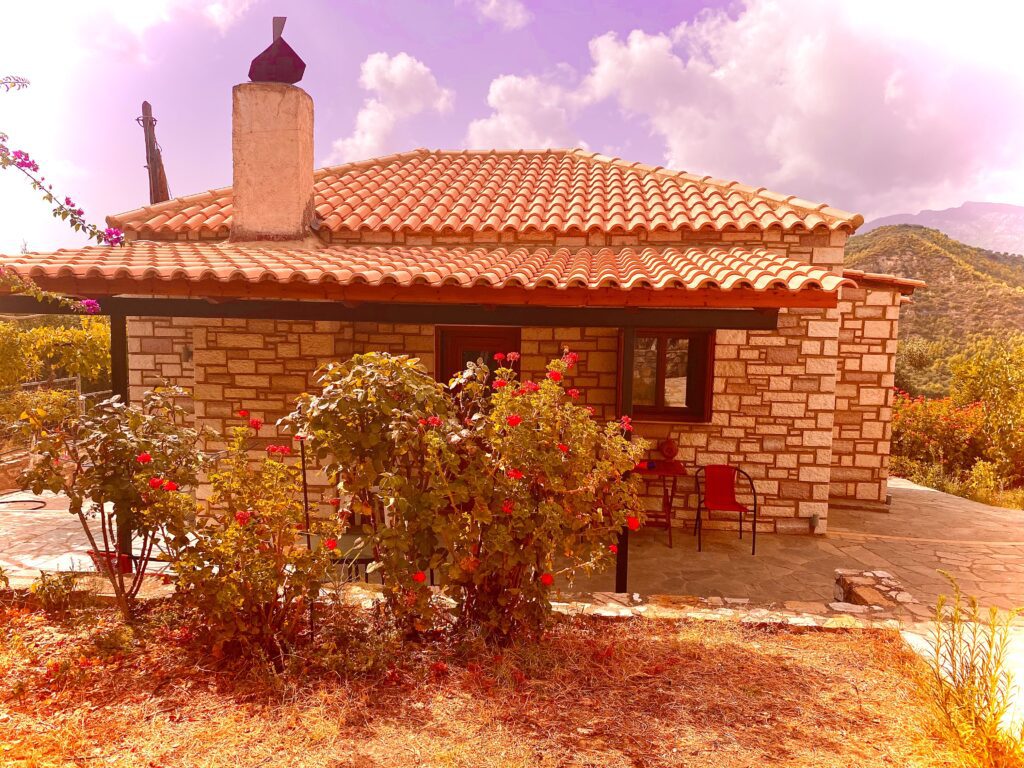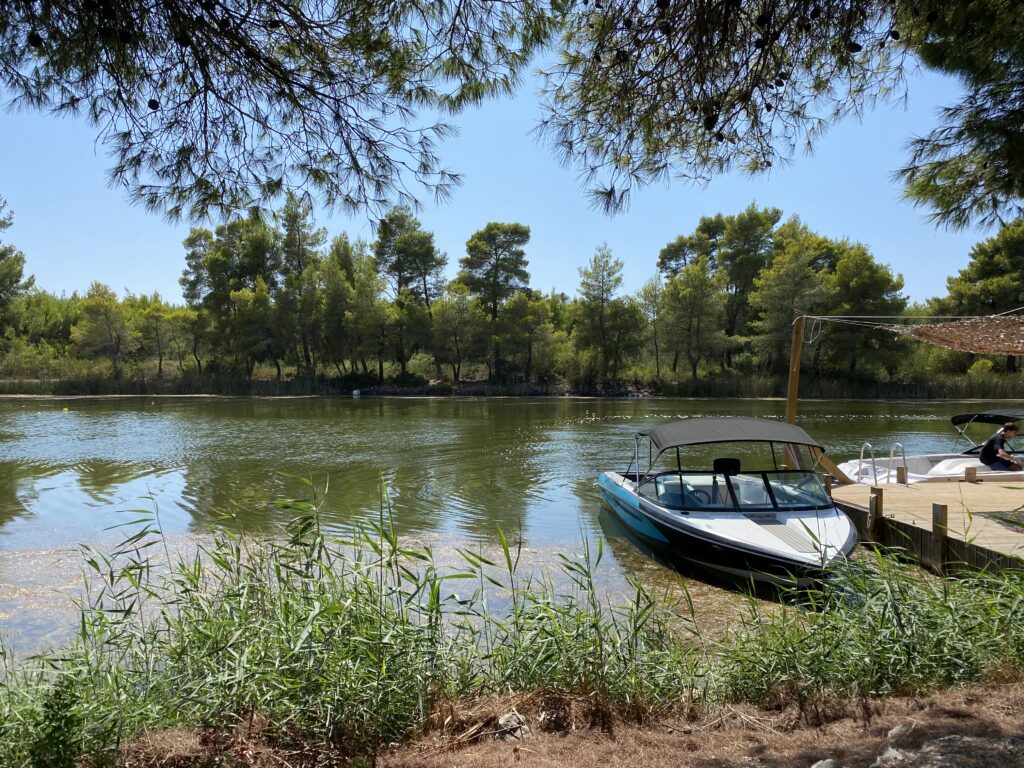Kyparissia – Zacharo: The 29 km route is covered by normal driving in approximately 25 minutes.
When we say endless sandy beach, each of us will think of a beach that had fascinated him. However, for those who have not visited Zacharo, the word “endless” is a bit exaggerated, since no matter how you look at it, a 60 km straight stretch of sand doesn’t exist anywhere in Greece and maybe it doesn’t exist in general!
Zaharo is a beautiful town in the prefecture of Ilia.
It is located in the southwestern part of the prefecture of Ilia and is 30 km from the capital of the prefecture, Pyrgos. The city of Zacharos is the capital of the municipality of the same name, to which 26 other municipal districts belong.
Built in a fertile area, of exceptional natural beauty, and of great archaeological interest, Zacharo is a vibrant city. It is the economic and commercial center of the wider region, and one of the most beautiful holiday centers of the western coast of the Peloponnese. The fact that it is located on the Patras – Pyrgos – Kalamata road axis makes it easily accessible.
Zaharo hides the unknown treasure of Ilia: Paliopyrgos
To the uninitiated who climbs the narrow farm lane shortly after the small bridge that goes to the village of Biskini, it looks like an ordinary Greek country road that leads the visitor outside the settlement and usually has nothing to see. Here and there, some small houses, which as you go uphill, become even more sparse. But a little further up, well hidden is Paleopyrgos, a site and a farm where an old tower with a history inside, gave them their name. On this route, the well-read oenophile will distinguish the lanes that lead to the nirvana of the entire world vineyard: The mythical Paliopyrgos that offers us wines that take your breath away with their quality, rarity and prices. The farm and the surrounding area have some such top vineyards, on the throne of which is the Panoraia Paliopyrgos, followed by the rest of the wines, all baptized with the names of the producer’s family. A vein of gold with minimal climates that give it extra rarity, with fertile and complex loamy soils, perfect slope and ideal orientation, allowing it to enjoy the most morning sun of all the neighboring, almost equally majestic vineyards.








The uniqueness of this blessed piece of land was already known since the Turkish rule, when the tower according to some theories served as a Turkish watchtower, while according to another story, when the Turkish general tried the products of Paleopyrgos, he had Turkish soldiers on duty 24 hours a day to guard the olive grove and the vineyard. These events led Paliopyrgos wines to be sold as the most expensive of all the great producers of Ilia. Already at the beginning of the 20th century Panoraia Paliopyrgos cost 6-7 times more than many famous French wines!

Unlike most of the large vineyards of Hlia which are divided among several owners, the Paliopyrgos brand is entirely owned by the Capota family and its descendants. With an annual production of just a few bottles, the quantity is absolutely minimal to satisfy not only the global frenzy of sophisticated wine lovers, investors and the wealthy who wish to acquire a bottle of it, but not even the needs of the producers’ family.
The result is its indescribable prices, which can only be compared with very few wines in the world. Because what wine could compete in price with the particularly rare 1945, 1967, 1972 or 1986. Years of fine wine that the 1-2 bottles that remained as a memory, are now worth like gold, in the case of Paleopyrgos… wine gold.
Zaharo has an ever-growing tourist infrastructure.
The excellent archaeological sites, hot springs, unique natural attractions and the vast sandy beach attract thousands of visitors every year.
The Caiaphas Baths are visited by many visitors every year to enjoy the beneficial and healing properties of the thermal waters.
In these sources, according to mythology, the Centaur of Chiron, taken by Heracles, washed his wounds.
Lovers of the ancient Greek cultural heritage have the opportunity to go to the nearby Ancient Olympia and admire the unique masterpieces of the Ancient Greeks up close.
The perfect combination of mountain, plain, sea, forest and lake make up a landscape of incomparable natural beauty. Nature lovers will have the opportunity to browse through pine forests and paddle on Lake Caiaphas. Vacationers can enjoy the sun and the sea on the wonderful beach of Zacharos and indulge in water sports.
Here you will find a wide range of hotels and rooms for rent, for every preference, where you can enjoy a relaxing and comfortable stay. Also, you have at your disposal a variety of restaurants and taverns, where, among others, you can taste fresh fish, as well as the delicious dishes of the local cuisine.
The main agricultural products produced in Zacharo are raisins, olive oil, vegetables, wine (red, white and rosé), tomatoes and legumes.
Here you will also find many delicious local dishes. Don’t miss to try the pork, tsigarida (fried salted pork), omatia, triftades (small thin spaghetti) and the Zacharos tomato for which the region is famous.
In the Municipality of Zacharos there are areas that have been established as NATURA 2000 areas.
The Dunes & the Coastal Forest of Zacharos: The area is a coastal zone as it combines the dunes, the lake and the coastal forest. The area is a very important ecosystem with rich flora and fauna. The developing dunes located on the beach between Kaiafas and Zacharos are in very good condition.
Other NATURA 2000 areas of the municipality of Zacharos are Kaifa Lake, Kakovatos, Strofilia, the Sea area of Kyparissia Bay, Katakolou Cape – Kyparissias and the Kyparissia Dunes.

In the municipality of Zaharos there are also areas that have been designated as Wildlife Refuges. Also included in the NATURA 2000 network, they meet the conditions that cover the basic needs of game. Some of them are: Kibouria – Rodina (Kalidonas – Rodina – Schina) and Kato Samiko – Xirohori – Smyrna – Graika – Vrina.

Zaharo is a new city, historically.
It is the capital of the historical Arena, and was established as an organized residential complex after the liberation of 1821.
Being a few hundred meters from the sea, the climate prevailing in Zaharo is quite mild. The main source of wealth in the region is agriculture, with main agricultural products being raisins and olive oil.
Zaharo is built on two levels. One part of the city is built on a low hill, and the other stretches out on a plain, ending in a beautiful sandy beach.




